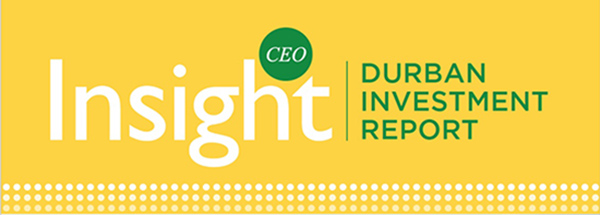The Long Road Towards Gender Equality
Share

On the surface, the most recent findings from the World Economic Forum’s (WEF) 2022 Global Gender Gap Report demonstrate that there has been some movement towards gender equality in the last year.
According to the report, at the current rate of progress, it is predicted to take 132 years to reach full gender parity. This is a slight four-year improvement compared to the 2021 estimate (136 years to parity). However, the data leading up to 2020 had indicated the global gender gap would close within 100 years. So, while these results may seem positive at first glance, they do not account for the loss in progress which occurred between 2020 and 2021.

Candice Eaton Gaul
This same report published in 2021 showed that the economic downturn resulting from COVID-19 had impacted women more severely than men, suggesting continued disproportionate vulnerability.
As a consequence of the unequitable impact of COVID -19, some of the figures in the 2022 report may not be reflective of the true advancement of gender equality. The question therefore becomes, how do we get to gender parity?
Legislation and public policy
Progress made towards gender equality within corporate environments remains slow on a global scale. In multiple countries there is increasing legislation and reporting requirements implemented to address gender pay gaps, as well as to drive transformation towards equality.
The way that these various pieces of legislation and public policy attempt to narrow the gender gap vary greatly, ranging from requirements of at least one woman in board participation, through to tracking and reporting on promotion, as well as recording recruitment and gender pay gaps throughout all occupational levels. While this should be driven by equality as a moral imperative, there is also an economic benefit in that increased diversity will better equip organisations to improve corporate culture, boost business performance and help support the advancement of solutions that overcome complex global challenges, and drive sustainability.
Individual responsibility
Legislation and public policies may be a driver of change but for there to be a robust and pervasive shift towards gender equality, or any form of equality, the need for it must be internalised at an individual level. If this does not occur, every time there is significant disruption it will expose the same deeply rooted vulnerabilities, as was the case with COVID-19.
Every person in a corporate environment is presented with opportunities to do better for those around them on a daily basis, to become allies and stewards of corporate communities. Showing stewardship by championing equality, in all forms, means taking a stand and using influence and decision making to drive change where it is needed. Inequality should be challenged wherever it exists. Individuals should not underestimate their ability, and the related responsibility that they have, to assist in driving change where it is needed. After all, if corporate organisations cannot make meaningful and long-lasting change toward greater equality and representation, how can we expect other parts of society to do so?”
What’s next?
There is a lot of work being done across the world to improve gender parity. Most recently, the European Parliament agreed on a new Directive, commonly referred to as the “Women on Boards Directive” which will require the boards of large companies to be made up of at least 40% of the underrepresented gender, which in most cases is women. Moving forward we will undoubtedly see more pieces of legislation and guidance implemented to help large corporations achieve a more representative board. Organisations will also continue to recognise the business benefits of gender diversity in boardrooms and take it upon themselves to drive real change.



























